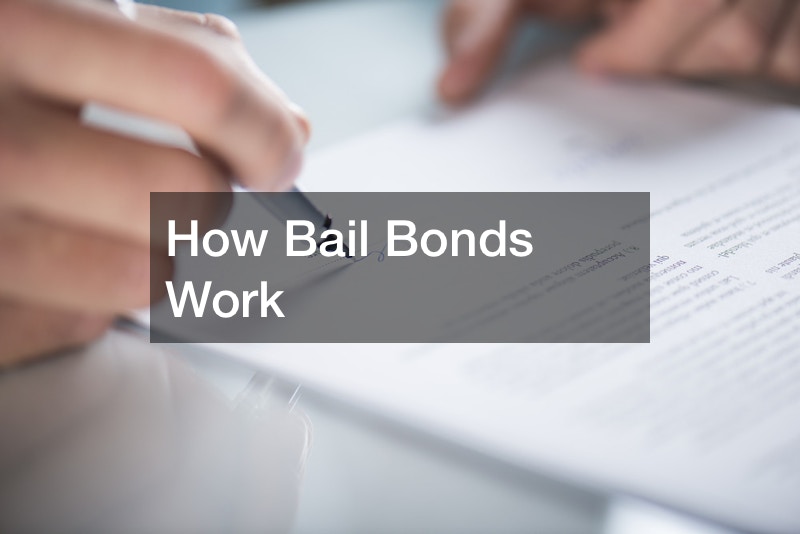In this video, we’re going to tell you how bail bonds work.
Bail bonds are the main way that people obtain freedom before a trial. The purpose of a bail bond is to ensure that the bailed person will return for trial by creating a financial liability for them if they don’t.
Bail amounts are pre-set at a level for each type of offense. Judges are free, however, to choose to require a higher or lower amount as a bail amount. If the defendant doesn’t return on the court date, a forfeiture hearing is scheduled and a warrant is issued. If the defendant doesn’t appear for the forfeiture hearing or doesn’t have a valid excuse, the defendant’s property is forfeited to the arresting authority.
Bail agents or bail bondsmen post sureties on behalf of the defendant. They charge a fee, usually 10% of the bail amount, for the privilege of posting bail on their behalf. The bondsman forfeits the bail if the defendant fails to appear in court. The agent is authorized to arrest – or commission a bounty hunter for the arrest of – the delinquent defendant.
Bail bonds are serious business and defendants who skip bail risk facing serious legal jeopardy.



